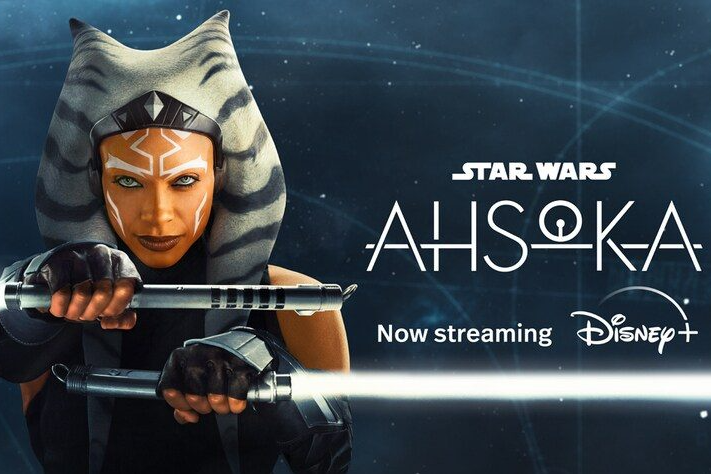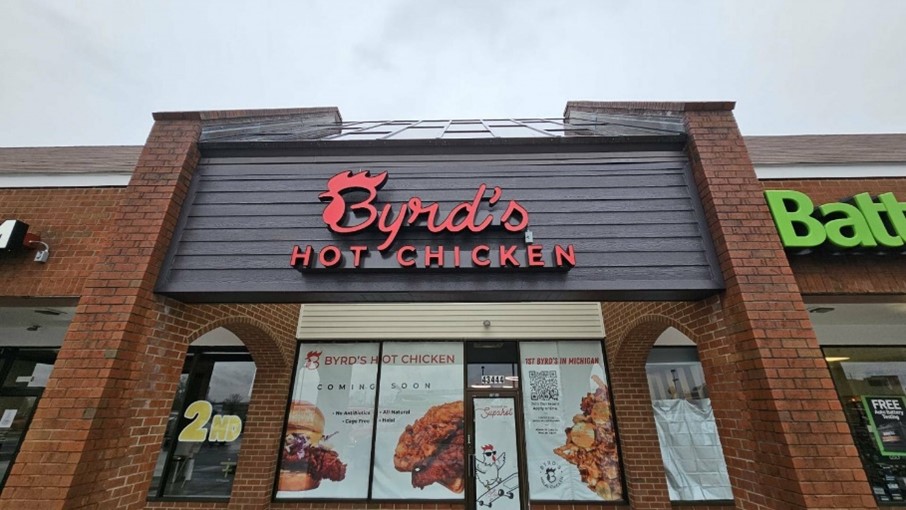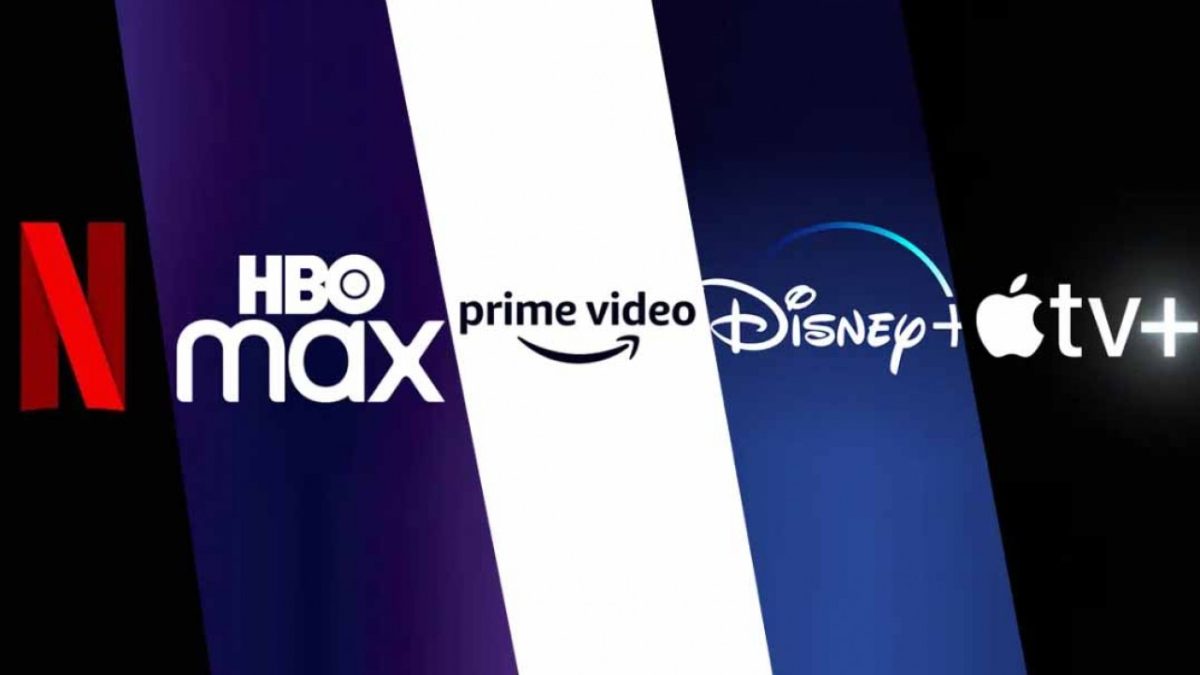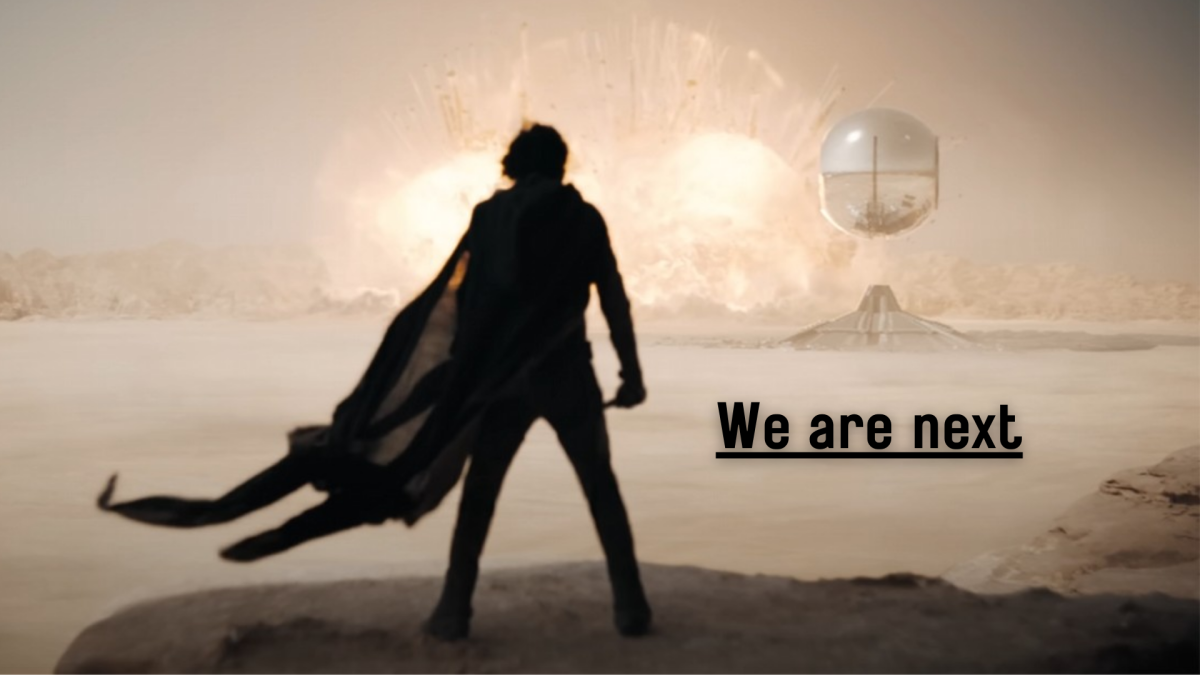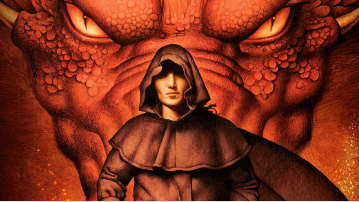Star Wars: Ahsoka concluded on October 3rd, leaving a bitter taste in viewers’ mouths. Disney’s latest streaming show often felt akin to eating a week old serving of leftovers. Once a good meal, it’s now desaturated with nothing in it you haven’t tasted before.
Star Wars: Ahsoka occupies a strange place in the Star Wars universe. Ahsoka could be considered a sequel to both Star Wars: The Clone Wars and Star Wars: Rebels, in which nearly all the leading characters had complete arcs over hours of animated story telling. This left enfranchised viewers wanting to see their stories expanded on in a live-action format while new viewers needed an introduction to a cast of unfamiliar faces. Despite this complexity, a massive advertising campaign and a series of trailers created plenty of anticipation for the series leading up to its release.
However when the show eventually released, questionable writing left neither super fans nor casual watchers satisfied. The backstories of legacy characters were never explained or respected, but obscure references to their pasts were frequently made. The emotional moments of the series heavily relied on retreading the events of better stories in which these characters were featured, like Star Wars: The Clone Wars and Star Wars: Rebels. These moments often felt hollow to fans ‘in the know’ and borderline meaningless to others. Characters like Ezra Bridger, Grand Admiral Thrawn, and Hera Syndulla are scarcely developed and never grow over the course of the show’s eight episodes. For a script where barely any impactful plot is present until the finale, this is absolutely unacceptable. Nostalgic characters and throwbacks elevate a good story, but they’re no substitute for the bones of a well written television- something not present here. As it is, Ahsoka feels more like a track of Star Wars’ biggest hits as opposed to its own compelling narrative.
This franchise is no stranger to thinly written sagas, but two things have covered these mistakes in the past: good action and good acting. Neither is consistent throughout Star Wars: Ahsoka. Most upsetting was the portrayal of the titular character Ahsoka Tano. Ahsoka was originally introduced in the series Star Wars: The Clone Wars and voiced by Ashley Eckstein. She quickly became a fan favorite due to her relentlessly cocky, positive attitude, and the childish intensity carried with her at all times. Even when the writing of the Clone Wars failed, Ahsoka was a fun character to watch on screen because of Eckstein’s incredible performance. Rosario Dawson, the live-action casting of Ahsoka in this series, delivers none of that. Her version of the character is far older and greatly subdued. While it makes sense that this version of the character should carry more maturity and regret, Dawson’s performance has completely stripped away the traits that made Ahsoka an enjoyable character to begin with.
The same can be said for the rest of the legacy characters present in Ahsoka. While their (scarce) characterization consistently makes sense, something in the new actors’ and actresses’ performance is just missing. They lack the energy and magic of their previously animated counterparts. New fans will be left thinking this dynamic cast of characters is really a bland bunch of galactic stereotypes instead of the nuanced and engaging individuals portrayed before. The notable exception is Lars Mikkelsen’s Thrawn, the only voice actor returning to reprise his role in live-action. As always, his performance as the terrifying villain cannot be praised enough.
Unfortunately, action and strong visuals aren’t on Ahsoka’s side. While the costuming is consistently acceptable throughout, there is nothing here to praise. Backgrounds seem flat and lifeless, likely because they are. As opposed to shooting on location like many other Star Wars series, this show was shot largely in a studio with environments digitally rendered in during post-production. The gorgeous sweeping landscapes of series like Andor are replaced with lackluster digital abominations of a galaxy far far away. The CGI of starships frequently looks far too light and quick; like there’s an invisible child’s hand attached, throwing around their action figures.
The action in Ahsoka is middling at best. We’ve all seen lightsabers being clashed before- and in much more creative ways. The large combat arenas and setpieces that frequent the Star Wars franchise are absent here. Instead these action sequences are replaced with smaller, more violent battles between individuals. Many streaming shows have recently adopted this trend of small scale action to great effect. Some recent examples include HBO’s The Last of Us or Disney+’s own Loki. The unfortunate difference between these shows and this newest offering is that they take great care to craft creative and emotionally intense fight scenes while Ahsoka seems more keen to rush from one copy and pasted fight to the next.
All these negatives aren’t to say that Ahsoka hasn’t had a few limited triumphs. The few new characters introduced are intriguing, if underdeveloped. Given time, many may someday become fan favorites. The finale brought incredible revelations to Star Wars lore and of course Thrawn is back; acted superbly and ready for vengeance. The cliffhanger ending of the series shakily sets the foundations for Star Wars’ newest universal conflict. If done well Thrawn’s rise might not only spell the downfall of the New Republic, but the return of the quality Star Wars fans know and love.
